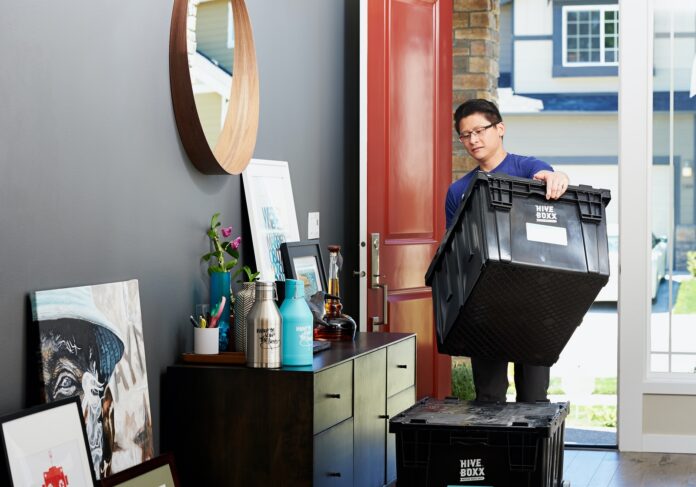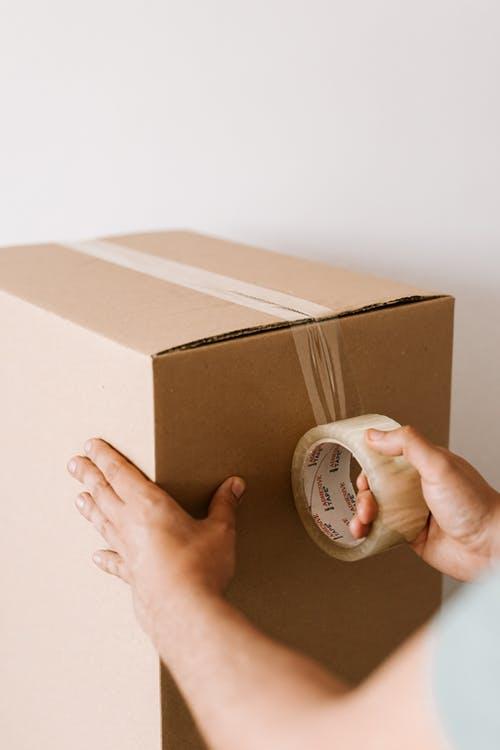
So that the stress of moving does not kill all the joy of a new home, you need to properly organize the process and plan it in advance. We will tell you where to start if there is a week left before moving as well as give advice and share experiences from experts.
Anticipate Everything
Do everything yourself or delegate? Sometimes transport companies can not only transport things but also estimate their quantity and necessary materials to be transferred. Addressing moving services Spokane will save your time and effort. You will have to collect personal belongings, clothes, and books yourself, but at least you will not have to bother with furniture and appliances. Carriers can deliver boxes and other tools to save you the hassle of shopping.
The alternative is to involve relatives and friends: this way you will have more time and moral support. Relatives can be entrusted with children at the time of moving.

It is easiest to choose a transport company according to the recommendations and reviews online. You can also find private offers from people with vans – it is cheaper but the risks are higher. When ordering a truck, pay attention to its arrangement: it should have furniture fasteners (belts), a non-slip floor, soft wall upholstery, and a hydro lift to load heavy objects (it is not necessary but recommended).
Estimate the number of items to be transported and contact the company: sometimes the truck must be ordered in advance and on other days – on the day of moving. You will also be told how many loaders and how much time it will take. If you are afraid of not meeting the time rate of the transport company and do not want to pay extra for an extra hour, choose complex rates. They are available by many companies and prices usually depend on the number of rooms in the apartment. A complex rate will also save you from dishonest employees who are deliberately delayed to get more out of you.
It is necessary to determine the scale of the “disaster” not only for the agreement with the transporters. If you are not a minimalist, it is unlikely that a few evenings after work will be enough to collect all the things. It is better to take time off for a few days.
Purchase Materials
You will need different packages to transport the items intact. Basic set:
- boxes of different sizes;
- adhesive tape;
- scissors;
- bubble wrap.
Corrugated cardboard, stretch wrap, and foam blocks will be needed for packing furniture and large appliances. For small things and fragile ones, use plastic bags, polyethylene, and kraft paper. Vacuum bags are suitable for clothing and textiles. And don’t forget the marker pen to sign the boxes.
Everything on this list can be bought online, including the websites of moving companies. The number of boxes that you’ll need is difficult to calculate, especially if this is your first move so take it with margin.

Collect Things
Things can be collected in two ways: by storage location and by the type of items (either you collect things from the whole bedroom or just books from all rooms).
It’s best to start with the things you use the least and you definitely won’t need them during the week of moving. Next, put things you need more, and leave the other boxes on the last day to pack the most necessary items. Pack the first aid kit and your favorite frying pan at the end.
In addition, moving is an opportunity to get rid of unnecessary items. You can arrange a garage sale and write about it on social networks – let people come and take what they need. You can sell junk at online flea markets.
There are some rules for packing things:
- Assemble the boxes in small batches and tape them. The main things here are safety, compactness, and the convenience of unpacking. Watch the weight of the box, as it is easy to drop or damage the overloaded one.
- Sign the boxes on several sides. Ideally, it should be the box number, room, and contents. Under the box number, you can describe in detail its contents; this will simplify the search for things in a new place. Mark boxes with fragile items with an exclamation mark. It should always be clear where the top and bottom of the box are.
- Clothes can be folded into large boxes or trunks. Pack clothes first in vacuum bags as this will protect them from dirt and save space.
- Wrap fragile items such as utensils in air-bubble wrap and tape. Fill all the free space in the dishes and boxes with crumpled kraft paper. Wrap strong dishes in kraft paper, and you can put foamed polyethylene between the items in the box. Take small boxes and boxes with a solid bottom.
- Wrap the trinkets in kraft paper so that they do not mix and get lost.
- Wrap large objects and small appliances in several layers of bubble wrap or foamed polyethylene, wrap with scotch tape, and put in large boxes.
Day X: How to Act
In large cities, it is best to move late in the evening, at night, very early in the morning, or on weekends to avoid traffic jams. It is advisable to spend the next day or two unpacking. Saturday is the most popular day to move, so if you move on Saturday, you must book a car in advance. The weather on the day of moving is also important, especially if you are moving in the fall or winter.
Make sure that everything is ready in the new house: the elevator and locks are working, the aisles are free, and the crystal chandeliers are not hanging low. Also, protect the walls of the corridors with cardboard so as not to spoil them.
It is better to transport animals in advance by separate transport or leave them with someone. If you carry them with you, take care of the cage or a pet carrier – without them, the animals can interfere or get injured.










